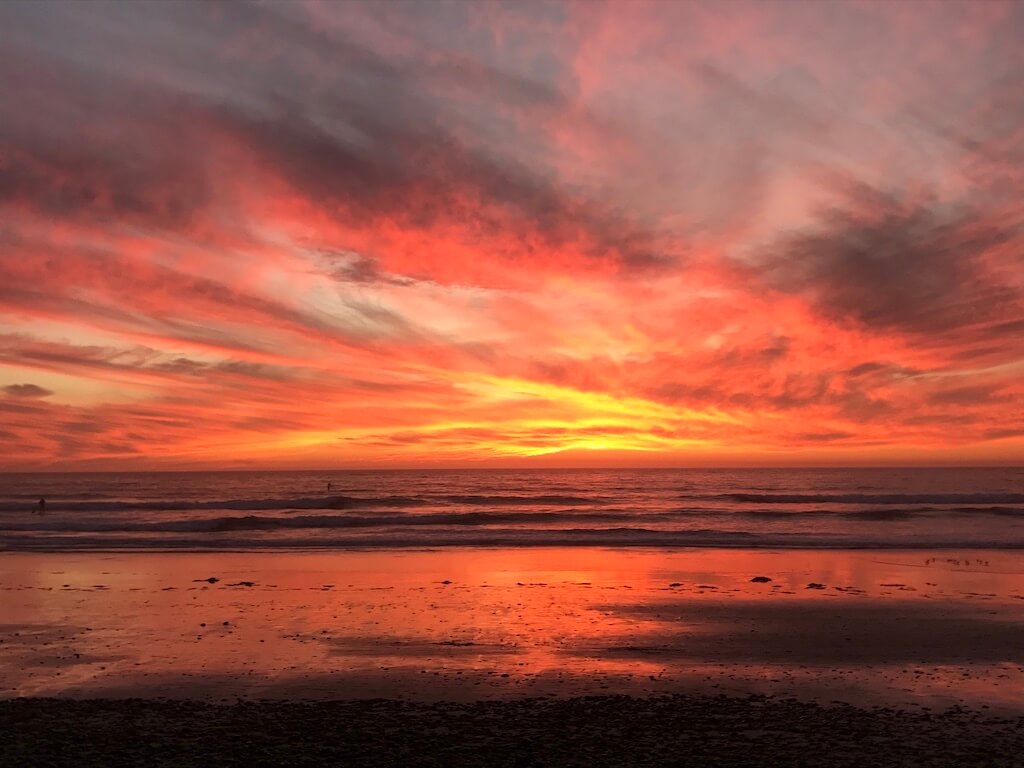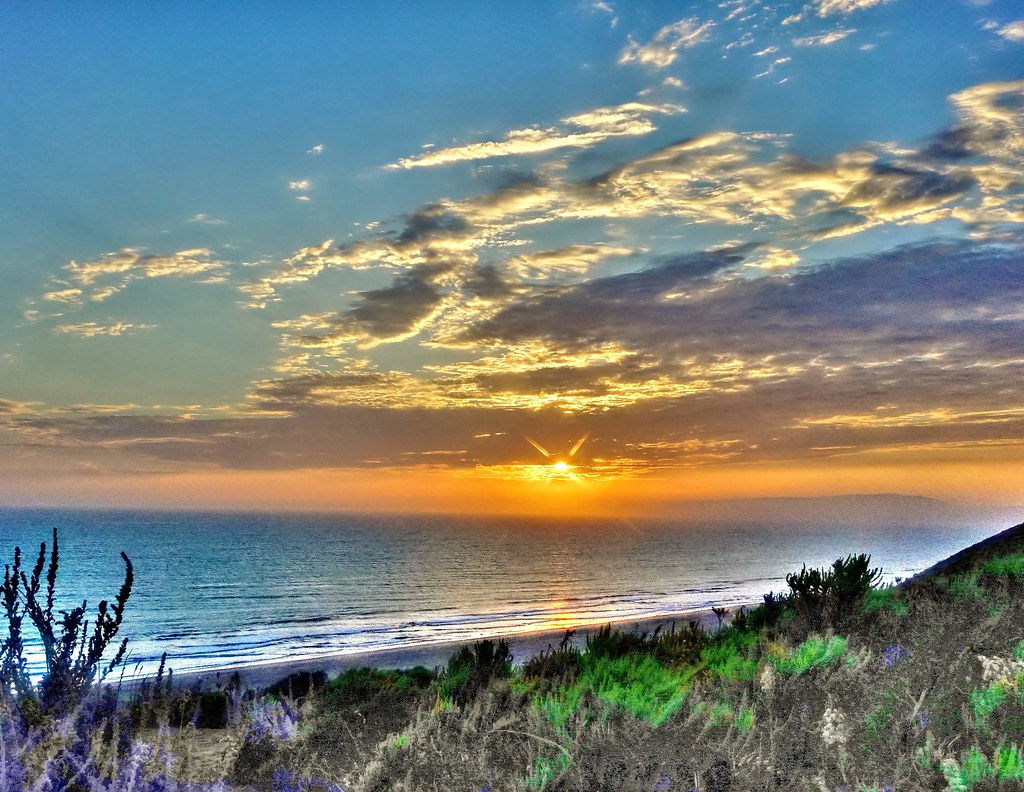

Nancy Burnett brought the group's interest to her parents, Lucile and David Packard (co‑founder of Hewlett-Packard), and their foundation commissioned a feasibility study.

Three separate proposals for an aquarium in Monterey County had already occurred in 1914, 1925, and 1944, but financial backing and public support for the idea was not sufficient.


In the late‑1970s, however, Chuck Baxter and Robin Burnett-both faculty members at Hopkins-along with Nancy Burnett, a graduate of Moss Landing Marine Laboratories, and Steve Webster, faculty at San Jose State University, thought of building an aquarium on the Hovden Cannery site. Hovden Cannery closed in 1973 when its parent company moved the plant, and Hopkins used the facility as a warehouse. The station succeeded in convincing the university of their concerns in 1967, and Stanford University purchased the property on Cannery Row that housed the Hovden Cannery, a sardine cannery on the border of Monterey and Pacific Grove. In the early 1960s, scientists at Stanford University's Hopkins Marine Station grew wary of the growing industry on Cannery Row. In addition to being featured in two PBS Nature documentaries, the aquarium has appeared in film and television productions. It led to the revitalization of Cannery Row, and produces hundreds of millions of dollars for the economy of Monterey County. Monterey Bay Aquarium receives around two million visitors each year. Along with its architecture, the aquarium has won numerous awards for its exhibition of marine life, ocean conservation efforts, and educational programs. Monterey Bay Aquarium was built at the site of a defunct sardine cannery and has been recognized for its architectural achievements by the American Institute of Architects. Seafood Watch, a sustainable seafood advisory list published by the aquarium beginning in 1999, has influenced the discussion surrounding sustainable seafood.Įarly proposals to build a public aquarium in Monterey County were not successful until a group of four marine biologists affiliated with Stanford University revisited the concept in the late-1970s. The organization's research and conservation efforts also focus on sea otters, various birds, and tunas. Its biologists have pioneered the animal husbandry of jellyfish and it was the first to successfully care for and display a great white shark. Known for its regional focus on the marine habitats of Monterey Bay, it was the first to exhibit a living kelp forest when it opened in October 1984. Monterey Bay Aquarium is a nonprofit public aquarium in Monterey, California. Kelp Forest, Sea Otters, Jellies, Open Sea gallons (4.5 million liters)Ģ.3 million U.S.


 0 kommentar(er)
0 kommentar(er)
